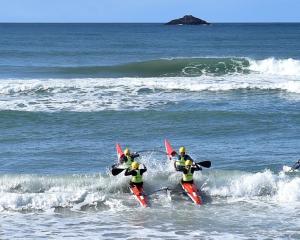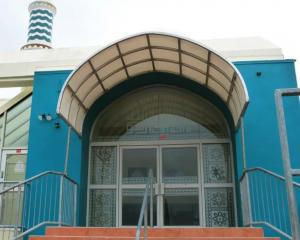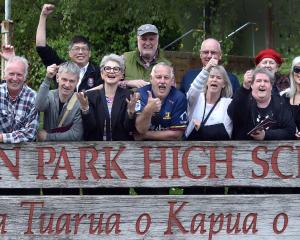Three South Dunedin streets will be used as part of a trial of new street lights next month.
As part of the tender process to select the new LED lights to replace the city’s ageing and failing 15,000 high-pressure sodium street lights, the Dunedin City Council will install 20 LED lights in Melbourne, Fawcett and Oxford Sts.
All of the lights will be 3000-Kelvin brightness.
Council transport group manager Richard Saunders said the two-week trial would help staff assess the three different lights which were part of the tender.
The streets were chosen because they are centrally located, had lights on one side instead of two and could be viewed from the surrounding hills, Mr Saunders said.
Contractors would start installing the lights on November 8 and the trial would run until November 24. Selection of the final light supplier was expected to occur in February, he said.
Light from the LEDs is directed downward and there would be less light spill.
About 15,000 street lights will be replaced between July 2019 and December 2020 at an estimated cost of about $12 million but the final costs would not be known until a supplier had been chosen.
Up to 85% of the cost would be covered by the NZ Transport Agency.
Concerns have been raised about the potential health effects of the 3000K lights and their impact on the night sky.
Some submitters during the public submission process had asked the council to consider using 2400K lights.
However, the council and the NZTA have said there was no substantive evidence which demonstrated a health risk to the public from the 3000K lights and they would still allow Dunedin to be recognised as an official Dark Sky city.
Public feedback on the trial could be submitted on the council’s website from December 1.
Comments
What about Forbury Racecourse, that illuminates the entire area when they switch on and affect may street and hillsides of St Clair ?
3000 Kelvin is the colour temperature of the lamp (how red or blue the light appears) and has nothing to do with how bright the light is. The brightness is measured in lumens.
Yip. Goes to show how much the council, submitters and the reporter, understand what they are doing.
As for trailing the suppliers, why not send someone on a fact finding trip to where they are currently operating and ask the councils there, their experiences. LED street lights have been used extensively for many years now.
The difference in power consumption would more than cover the cost.












